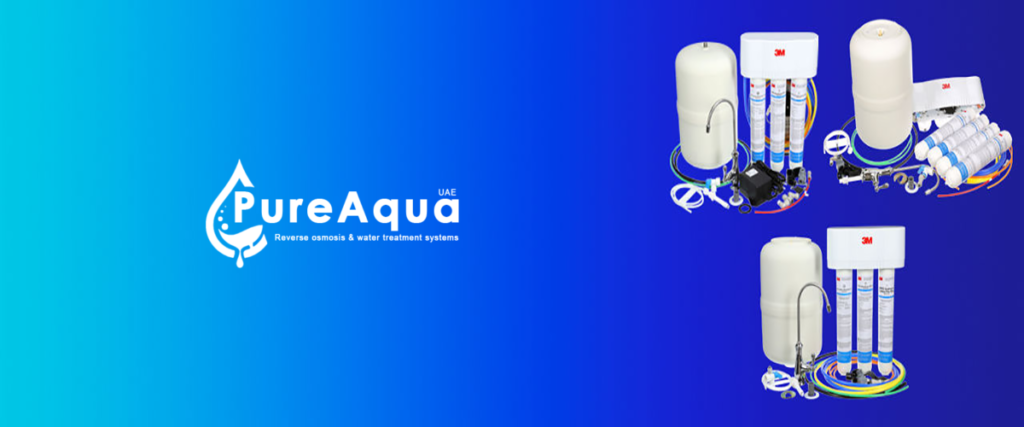Reverse Osmosis (RO) is a water filtration process that removes harmful contaminants from water using semi-permeable membranes. These membranes have tiny pores that allow only water molecules to pass through, blocking larger particles, bacteria, and other contaminants. When pressure is applied, water moves through the RO membrane, leaving behind unwanted substances. The result is high-quality, purified water. However, to ensure the system works effectively, it’s essential to protect these RO membranes from larger particles. This is where pre-filters come into play.
RO membranes have very small pore sizes, which means that if the incoming water contains particles larger than 5 microns, they can cause issues. Larger contaminants can lead to the build-up of biofilm, which can damage the RO membranes and reduce their effectiveness. This results in extra maintenance costs and a shorter lifespan for your RO system. To avoid this, using pre-filters is crucial. These filters help remove larger particles before the water reaches the RO membrane, preventing damage and extending the life of the system.
Why Pre-Filters Matter for RO Systems
RO membranes can be expensive, often costing anywhere from $500 to $2,000 per membrane. Without proper pre-filtration, these membranes can wear out much faster, leading to higher replacement costs. The role of the pre-filter is to catch larger particles before they can cause harm to the membrane. Without this protection, you may find yourself needing to replace the RO membranes more often, which can be costly and time-consuming.
In the UAE, where water quality can vary, the need for high-quality pre-filters is even more crucial. Water filtration system suppliers in UAE recommend that businesses use a pre-filter with a 5-micron rating to protect their RO systems. The micron rating of a filter tells you the size of particles it can capture. A 5-micron filter can remove particles that are larger than 5 microns in size, ensuring that only clean water reaches the RO membrane.
However, it’s important to understand that smaller micron filters capture smaller particles, but they may reduce the flow of water. If the water contains a lot of contaminants, a smaller micron filter might not allow enough water to pass through. Therefore, it’s important to strike a balance between the level of filtration and the flow rate. While 5-micron filters are common, other options like pleated cartridge filters are more efficient and can handle a higher load of contaminants.
Types of Pre-Filters: Which One to Choose?
Pre-filters come in different types, and selecting the right one depends on the quality of the incoming water. For instance, if your incoming water contains a lot of sediment, it’s a good idea to use a 20-micron filter before the 5-micron or 1-micron filters. This will help reduce the load on the finer filters and extend their lifespan. If the water contains little sediment, a 5-micron or 1-micron filter may be sufficient.
Many water filtration system suppliers in UAE recommend using pleated polypropylene filters for pre-filtration. Pleated filters are more efficient than traditional melt-blown filters because they have a larger surface area for capturing particles. This means they can last longer and handle more contaminants before needing to be replaced. Pleated filters are also better at preventing the growth of microorganisms that can lead to biofilm buildup, a common problem in RO systems.
It’s also important to choose absolute-rated filters for better retention efficiency. These filters have a higher ability to capture particles and ensure that only clean water reaches the RO membrane. By using a combination of pre-filters, you can ensure that the RO system runs smoothly and lasts longer.
How Pre-Filters Save You Money
While pleated filters are generally more expensive than melt-blown filters, they offer long-term savings. Melt-blown filters typically need to be replaced every 1-2 weeks, depending on the water quality. This frequent replacement can add up in terms of cost and maintenance time. On the other hand, pleated filters can last much longer—often two to three times as long as melt-blown filters. This means fewer replacements and less downtime for your water filtration system.
By reducing the frequency of filter change-outs, you can save money on labor and replacement filters. Proper pre-filtration can also help extend the life of your RO membranes, which can further reduce maintenance costs. With longer-lasting membranes, you won’t need to replace them as often, which saves you significant money in the long run.
When you invest in high-quality pre-filters, such as pleated depth filters, you’re also ensuring better performance in bacteria and cyst removal. This is especially important in industries where water quality is critical, such as food processing or pharmaceutical manufacturing. Proper pre-filtration reduces the need for frequent system maintenance and helps ensure that your RO system continues to produce pure, clean water.

